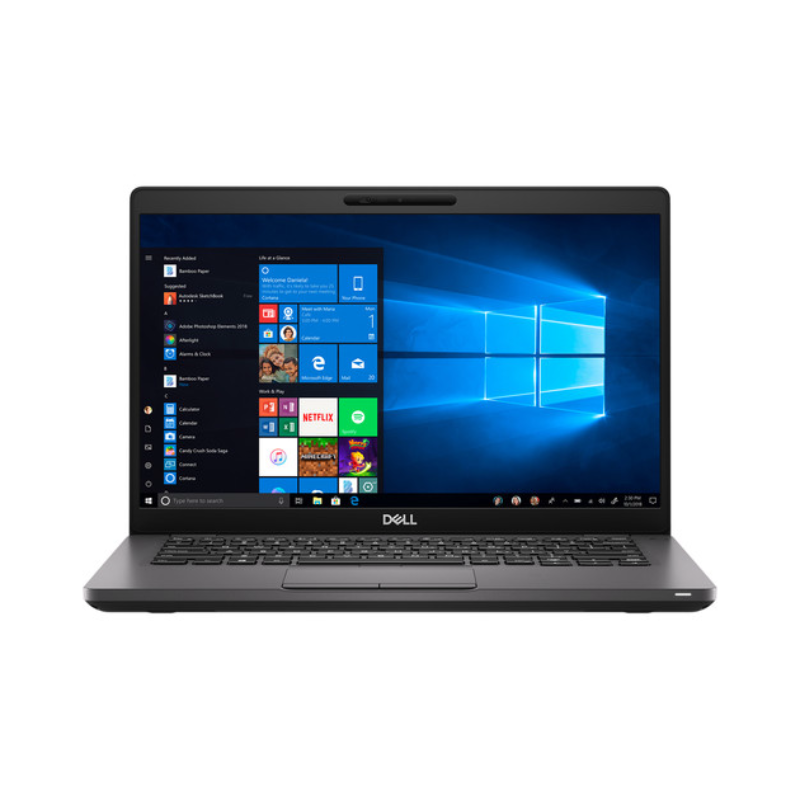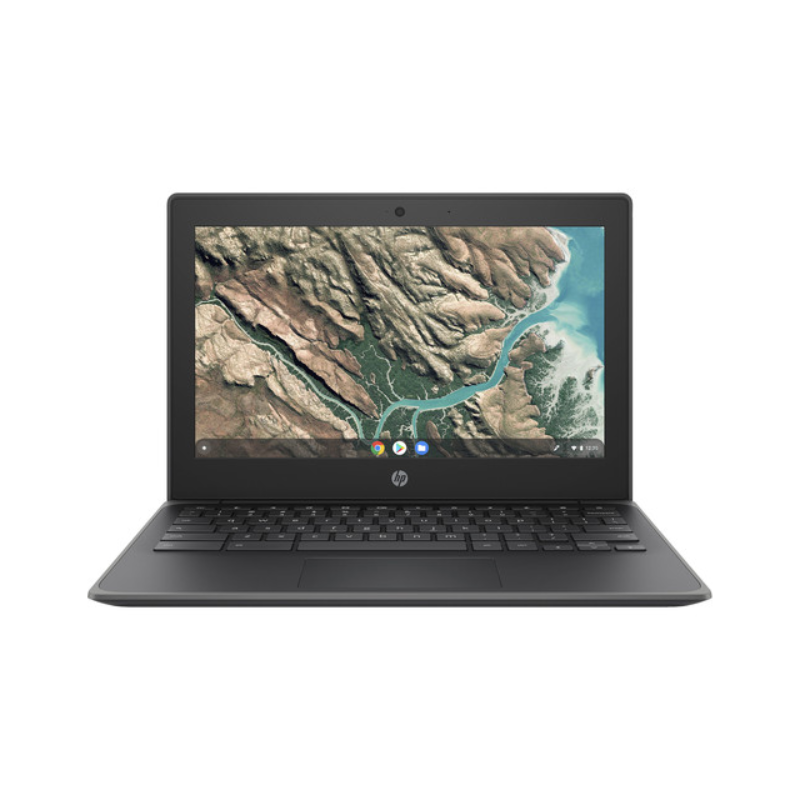Latest News
Then and Now: The Transformation of Irish Schools Over 15 Years

Fifteen years ago, the landscape of education looked remarkably different from what it is today. Walking into a classroom in 2009, you would have seen rows of desks filled with students scribbling in notebooks, teachers explaining concepts on chalkboards, and projectors that were used sparingly, often with transparencies. Textbooks were the primary source of information, and computers, if available, were typically confined to a dedicated computer lab. Fast forward to today, and the evolution in educational technology and methodology is nothing short of revolutionary.
A Glimpse into the Past
Classrooms and Teaching Aids: In 2009, classrooms were dominated by physical textbooks and handwritten notes. Teachers relied heavily on chalkboards or whiteboards for instruction, and the use of projectors was limited to special presentations. The role of technology in everyday lessons was minimal, with most classrooms not having direct access to digital tools.
Student Resources: The primary resources for students were physical textbooks, library books, and printed handouts. Homework was handed in as physical copies, and research was done through library visits rather than online searches.
Computer Labs: Computers were typically found in separate labs where students would go for specific computer classes. These labs had a limited number of desktops, and internet access was often restricted.
The Modern Classroom
Technology Integration: Today, the integration of technology in education is profound. Classrooms are equipped with interactive whiteboards, projectors, and every student has access to a laptop or tablet. Lessons are frequently conducted using PowerPoint presentations, and digital tools are integral to daily instruction.
STEAM Education: The emphasis on STEAM (Science, Technology, Engineering, Arts, and Mathematics) has transformed curriculums. Schools now encourage hands-on learning with tools like LEGO Education sets, coding classes, and digital art programs. This focus on STEAM helps students develop critical thinking and problem-solving skills essential for the modern world.
Digital Textbooks: While physical books remain popular, there’s a significant shift towards digital textbooks, especially on tablets like iPads. These digital versions are interactive and often include multimedia elements that enhance learning.
COVID-19 Impact: The COVID-19 pandemic accelerated the adoption of technology in education. Schools had to quickly transition to remote learning, which highlighted the importance of having robust digital infrastructure. As a result, many schools have continued to integrate online learning platforms and digital tools even as in-person classes resumed.
The Hybrid Approach
Despite the digital revolution, physical books and traditional learning methods haven’t disappeared. Many schools adopt a hybrid approach, using both physical and digital resources to cater to different learning preferences and ensure comprehensive educational experiences.
The Future of Education
Looking ahead, the role of technology in education will only grow. Innovations like virtual reality (VR) and augmented reality (AR) are beginning to find their place in classrooms, offering immersive learning experiences. Additionally, the use of artificial intelligence (AI) in personalised learning and administrative tasks is set to transform education further.
Get Involved with GreenIT
As schools continue to navigate this evolving landscape, having a reliable partner like GreenIT can make all the difference. Whether you’re a parent looking to equip your child for the digital age or a school administrator seeking bulk deals on devices, GreenIT offers tailored solutions to meet your needs. Contact us at 045 409 150 to learn how we can help integrate technology seamlessly into your educational environment.
Education has come a long way in the past 15 years, and with the right tools and support, we can ensure that the next generation is ready for the challenges and opportunities of the futur










